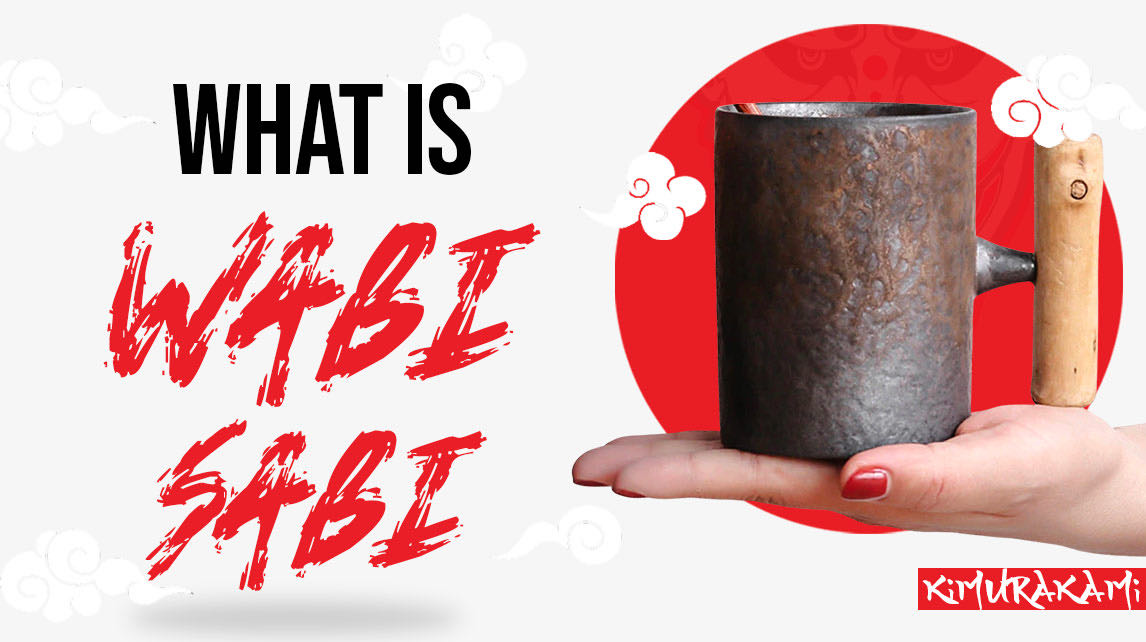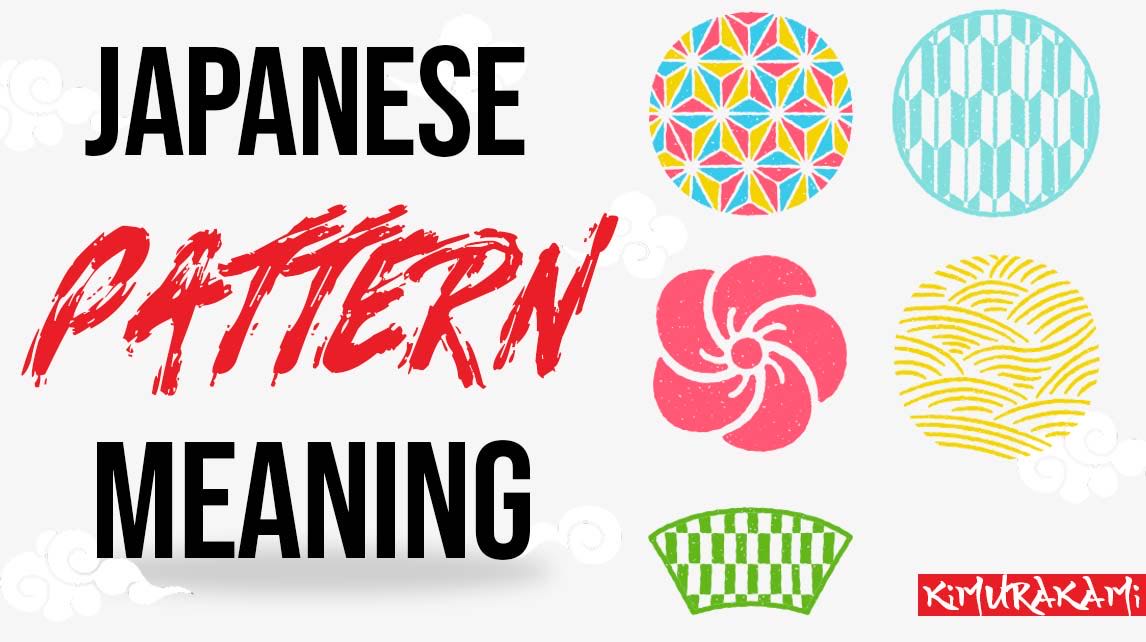Japanese people masterize the floral art (ikebana) and gardening design. Indeed, Zen gardens are very present in Japanese culture.
Japanese gardens have evolved over the decades. Not only their styles but also their meanings. As mentioned above, the first gardens appeared on the main island of the archipelago during Jomon period...
Before discussing their roles, it is essential to know what is it exactly?
WHAT IS A JAPANESE ZEN GARDEN?

The Japanese Zen garden, called "Nihon teien", has its roots in ancient times. Traces of these gardens are found in -300 BC on the island of Honshu(the largest Japanese island). This art can be found in private homes as well as castles or even in public Japanese parks.
The style, meaning as well as the composition of these gardens evolve over the centuries. Many influences are added to the traditions and change the perception of the gardens. Indeed, notables and diplomats who traveled to neighboring countries such as China or even Korea influence the creation of the gardens.
There are many Shintoists and buddhist influences. In sum, Japanese Zen gardens play many roles in Japanese culture, both religious and decorative.
JAPANESE GARDEN: THE THREE MAIN PRINCIPLES

The creation of Nihon Teien follows three main precepts namely, symbolism, landscape capture and miniaturization of nature. The symbolism plays a religious role. Many deities or scenes from the Japanese genesis are depicted within Japanese gardens. Scape capture sets the framework of the garden.
Its purpose is to represent scenes that nature offers us, such as a lake, a river, or a mountain, all in a small and distinctly defined space. Hence the term miniaturization.
In comparison with French gardens, Japanese gardens observe a certain simplicity. These achievements are not necessarily symmetrical, are most often sober and stripped of all artifice.
ASIAN GARDEN HISTORY

The landscapes that the Nipponese islands offer are found at the heart of the various creations.
Volcanic massifs, misty landscapes, waterfalls and clearings crossed by countless valleys represent natural models sexploited and copied in the realization of the gardens.
Zen garden and Japanese antiquity
In ancient times, during the Jomon period (approximately 13,000 to 300 BCE), Japan was populated primarily by hunter-gatherers. At that time stones and rocks were given religious meanings. Some rocks, some places shelter according to the stories of Kami, the Japanese deities. As in many civilizations the beliefs are directly linked to nature. It is at this time that the first sacred places appear in Japan as the shrine of Ise, one of the most sacred places in Japanese culture and in the Shinto religion.
About 500 AD, which corresponds to the early Middle Ages in the West, the first Buddhist influences begin to emerge in Japan. And that's when the true Nipponese gardens begin to appear. Inspired by neighboring countries many concepts are imported to the archipelago.
The first gardens focus mainly on the representation of nature, such as a stone fountains, scenes depicting the sea washing up on the coast. More generally, early gardens are laid out near a river or pond. These early settings are described in Japanese poetry as places of escape for the nobility of the time.
The history of the Zen garden from 794 to 1185
Over this given period, gardens are integrated into the entire architecture of buildings or various palaces. The gardens are usually accompanied by many waterways and begin to be thought of in terms of the seasons.
In fact, many traces of this era can be found in Japanese poetry and these gardens can still be seen on the outskirts of Kyoto. The precepts of Buddhism, aestheticism and melancholy are at the heart of the various creations. Asymmetry is already part of Japanese architecture whether it is for the construction of palaces or for the creation of gardens.
Zen Buddhism and the Kamakura period
At this time the transition of power between the nobility and the military takes place. This is one reason why the military influence is still very present in Japanese culture. During the Kamakura period, the first Zen gardens were designed and attempted to recreate a peaceful atmosphere, conducive to zenitude and meditation.
The objectives and final renderings of the gardens change considerably in comparison with the previous era when mimicry and faithful representation of nature was at the heart of the creative process. From then on, one tries to represent the universe as a whole and symbolism takes a place of choice. The garden moves from a place of activity to a place of contemplation.
The tea ceremony
The Momoyama era is important in the history of the Japanese archipelago because it is at this time that tea ceremony appears. That's not all. One of the principles of this relatively codified ceremony is the Wabi-sabi. This is a Japanese concept is an aesthetic concept or spiritual attitudes that derive from Buddhism. It can be translated as sober and calm refinement. We sweep away the artifices in vogue among the nobility to leave room for certain simplicity and sobriety. Moreover one tries during these ceremonies to emphasize introspection and by extension meditation.
The Edo period and the democratization of the Japanese garden
From 1600 to 1868 the art of gardening became more democratic in Japan. With the emergence of artisans and merchants whether sedentary or itinerant, small gardens were found in courtyards, between various stores or in the homes of many Japanese. This is the beginning of a transition.
This Japanese art, which was reserved for and intended primarily for the ruling classes, finds itself perpetuated by merchants and people with more modest incomes. In short, the more affluent citizens begin to create their own gardens in their homes or near their stores. The design of these gardens is largely inspired by that of tea gardens.
The Meiji era and Western influence
During this period, Japan opens up to the world. The West becomes fascinated with Asia, whether in art, literature and even architecture. But the opposite also happens. The Japanese archipelago is influenced by Western motifs, precepts and styles. This can be felt in the creation of gardens. Many gardens emerge with both Western symbols and traditional Japanese symbols.
HOW TO MAKE AN OUTDOOR ZEN GARDEN

No matter the era or style of garden, we generally find many of the same elements within the designs. Indeed, gardens are mainly based around buildings such as a temple or a castle. In the latter, we generally find the same elements such as stones, rocks, water in different forms such as a pond or rivers. We also find gravel or sand paths hedges and a small pavilion.
Water
Water plays an important role in Japanese Zen gardens. In Shintoism, water is a purifying element; it is a component considered noble. In most gardens, water comes from a natural stream that is harnessed to create basins within these gardens. Very few gardens use pipes. Often winding, it mostly rests on a stone bed symbolizing the sea or a river. It should be kept in mind that a garden is the miniaturization of nature.
Stones and rocks
The Japanese lend stones powers. They house kami, Japanese deities who are central to Japanese spirituality. In Japan there are several kinds of stone. The smooth stones and the volcanic stones which are steeper. Depending on their aspect or their size, stones and rocks do not symbolize the same thing in Japanese gardens. Japanese landscapers also use decorative pebbles, in order to design certain small corners or spaces in the garden.
Gravel and sand
When we think of Japanese gardens, it often brings to mind the small stripes drawn on the sand or gravel in Japanese gardens. These stripes, created with a rake give a certain look of movement to the designs. Usually they represent waves or air currents which contrast with the static side of the stones that are placed nearby. We can also use colored gravel like the white gravel very present on the Japanese archipelago.
Japanese plants and trees
The plants used vary depending on the style of garden one wishes to create. On the other hand their roles are often the same namely to highlight very specific areas of the garden. To do this, all kinds of plants or shrubs are used such as bamboo, bonsai, cherry trees or camellias. This ranges from sacred flowers like lotus to different types of mosses or greenery.
Note that flowerbeds like what can be seen in European gardens are extremely rare in Japan. As for trees, they add perspective to the gardens. Often the flora is chosen according to the seasons. Indeed, the blooming is taken into account in order to accentuate the feeling of relaxation. We will try to add elements that bloom in all seasons to avoid the gardens appearing dead during certain times of the year.
Japanese Paths
The paths the walkways are very important in the process of creating Japanese Zen gardens. Through the paths, the landscape designer highlights certain parts of the garden. They encourage visitors to look at this or that viewpoint, which offers a different spectacle depending on the path taken. Generally created through a flagstone layout, the paths allow for circulation and access to key areas of the garden such as the tea pavilion.
Japanese Accessories
In order to create a Zen atmosphere, we find in the gardens in the land of the rising sun, ornaments such as stone lanterns, incense or small statues. The aim is to make everything more harmonious, more relaxing so that visitors walk around in peace.
DIFFERENT ZEN GARDENS STYLES

In Japan there are three main types of gardens. Each garden has a different specialty or function. Their composition changes according to the style adopted.
Tsukiyama-niwa or the miniature world
The Tsukiyama-niwa represents a common landscape of the Japanese archipelago. It is, in all, the miniaturization of a place. Hence its name the miniature world. Hills, streams, small islands linked by pontoons, these gardens are essentially places for walking. During the Edo period, these realizations were very frequent. Nowadays, this style of garden can still be found in the cities of Kyoto, Tokyo or Mito.
Karesansui or the dry garden
This is the place of zenitude. These gardens are typical of temples and meditation places in Japan. They have all the elements of a Japanese Zen garden except for water. The use of bamboo and moss are very common in this style of garden. There is usually a lot of sand or gravel with grooves. Rocks are sparsely arranged in these designs, giving a sense of spaciousness and sobriety.
Chaniwa or the Japanese tea garden
The tea ceremony, inspired by the wabi-sabi movement, leads to the creation of gardens dedicated to this activity. Mixed with spiritualism inspired by Buddhism, tea gardens are built with many paths usually leading to a building (veranda or pavilion) where introspection is practiced accompanied by hot tea.
Historically, these gardens are the first to be designed to be observed in motion. An itinerary is provided so that the landscape passes before the eyes of visitors on their way to the tea pavilion.
The Miniature Zen Gardens
Miniature Zen gardens take on all the precepts of the typical Japanese garden. The miniature Zen garden is a sober object full of symbolism that brings peace, calm and harmony inside homes.
Generally accompanied by a small statuette of Buddha, these are conducive to contemplation and introspection. Like Japanese tea gardens, miniature gardens are based on the principles of wabi-sabi namely simplicity and emancipation from all material pleasures.






Leave a comment